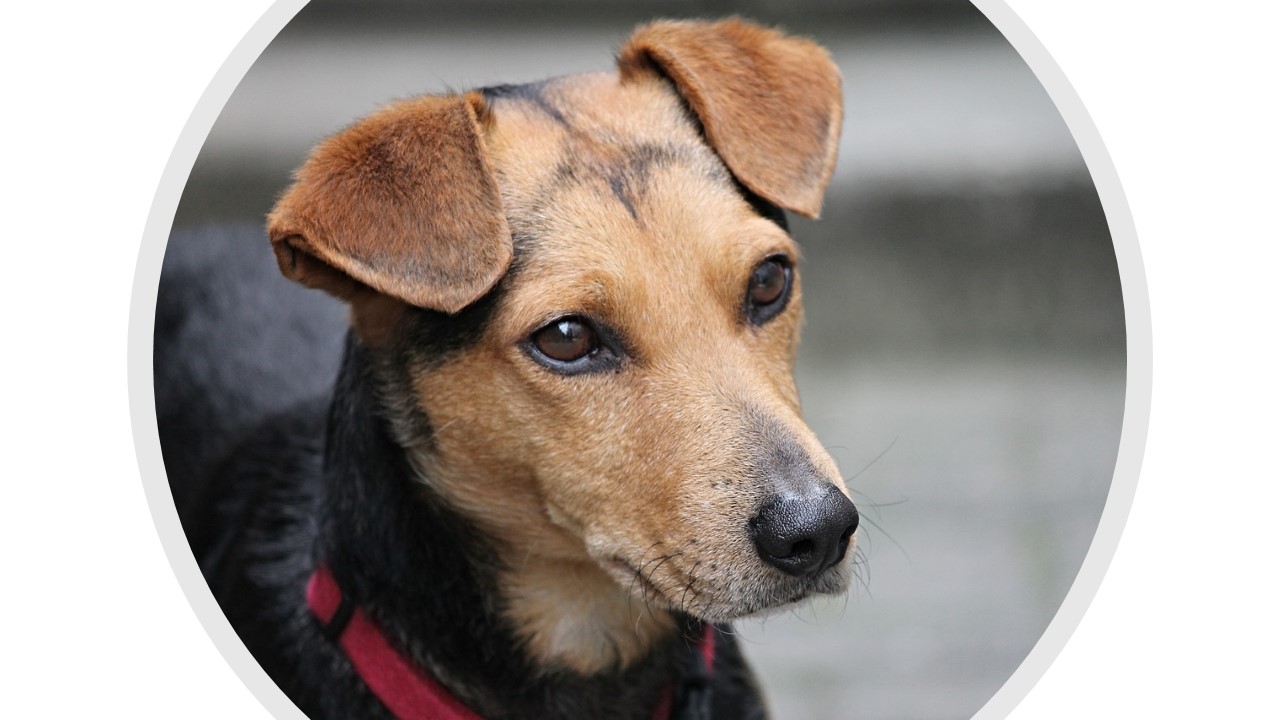Physical Address
304 North Cardinal St.
Dorchester Center, MA 02124
Physical Address
304 North Cardinal St.
Dorchester Center, MA 02124


Yes, you should clean your dog’s ears to avoid the buildup of wax and other debris that might cause an infection. Ear cleaning is a crucial part of your dog’s grooming needs. The frequency of ear cleaning varies from dog to dog. It is often beneficial to clean your dog’s ears more frequently for dogs who are prone to ear infections.
Are you unsure about how frequently to clean your dog’s ears? A good basic guideline is once each month. Dogs who swim frequently or breeds with long, floppy ears could require biweekly or even weekly ear cleanings. Ensure that your dog’s ears are completely dry after swimming or taking a bath.
Cleaning your dog’s ears will be simpler if you practice good general care, such as maintaining clean, neatly trimmed, and mat-free hair around the ear flap. Above all, don’t use too much force and avoid sticking anything directly into the canal. Your dog’s hearing could suffer permanent harm if you do that.
Making ear cleaning enjoyable for your pet is crucial because it can be unpleasant. Only clean your dog’s ears when they are already relaxed and be sure to give them lots of treats both during and after.
It’s probably time for a cleaning if you smell a faint odor or see your dog moving his head more frequently than usual. Contact your veterinarian if your dog’s ear seems red and inflamed, smells funky, or if he shows signs of pain.
Black or Dark brown earwax is often connected to bacteria or yeast ear infections. If your dog’s earwax is this color, I recommend you speak with your veterinarian. A light brown earwax color is typical and expected. An earwax that is accompanied by odor or swelling may signaling an infection.
You should not worry about the normal earwax that forma naturally. Earwax is created by glands in your dog’s ears, and it is vital for shielding the ear’s structure from harm brought on by dust, debris, bacteria, dead cells, and other foreign objects. Earwax stops moisture from entering and from getting to the eardrum because of its water-repellent qualities.
A light, yellowish tint earwax is healthy. It is abnormal if your dog’s earwax seems to be dark brown or black, or if it appears filthy gray rather than golden. Additionally, a problem may be indicated by a discernible rise in wax accumulation. The ears of a healthy dog shouldn’t smell.
Otitis externa is the name of the most typical ear canal condition in canines. The layer of cells that lines the external ear canal becomes inflamed, resulting in this disorder. Headshaking, stink, skin redness, swelling, scratching, increased discharge, and scaly skin are all warning signs.
To successfully clean your dog’s ears, you just need a few tools: a cotton ball or piece of gauze, dog ear cleaning solution, and a . Avoid using anything with a pointed tip, including cotton-tipped swabs or q-tips. These items may force dirt and other material deeper into your dog’s ears, increasing the risk of infection and even causing damage to the ear’s internal structures.
Also, there are numerous homemade dog ear cleaning products available online. The safest option is to use ear cleaning products that have been recommended by veterinarians. Some homemade ear-cleaning remedies include poisonous or irritant substances. Others merely don’t do well.
A word of caution: While easy, ear cleaning can be unpleasant. If your dog moves his head a lot while you’re cleaning his ears, you might want to do it in a restroom, or another easily cleaned area.
Cleaning your dog ears at home using ear cleaning solution: Fill your dog’s ear canal with an ear cleaner solution that has been recommended by a veterinarian, then gently massage the base of the ear for about 30 seconds. The product will start to remove buildup and particles with a squishing sound. Avoid touching your dog’s ear with the applicator tip because this could introduce bacteria.
Cleaning your dog ears at home using ear cleaning cotton ball or cotton pad: Gently wipe your dog’s ear canal and outer ear with a cotton ball or cotton pad wrapped around your index finger. If required, only clean the visible section of your dog’s ear with a cotton swab. Repeat these instructions for the opposite ear after rewarding your dog with another treat.
Normally, you should clean your dog’s ears on a regular basis. When left ignored, the accumulation of wax and debris might contribute to an infection or other issues. Your groomer will frequently clean your dog’s ears, but you may safely clean them yourself if you follow the right steps.
Here is another post you may be interesting in reading: Do Dogs Eyelashes Grow Back?